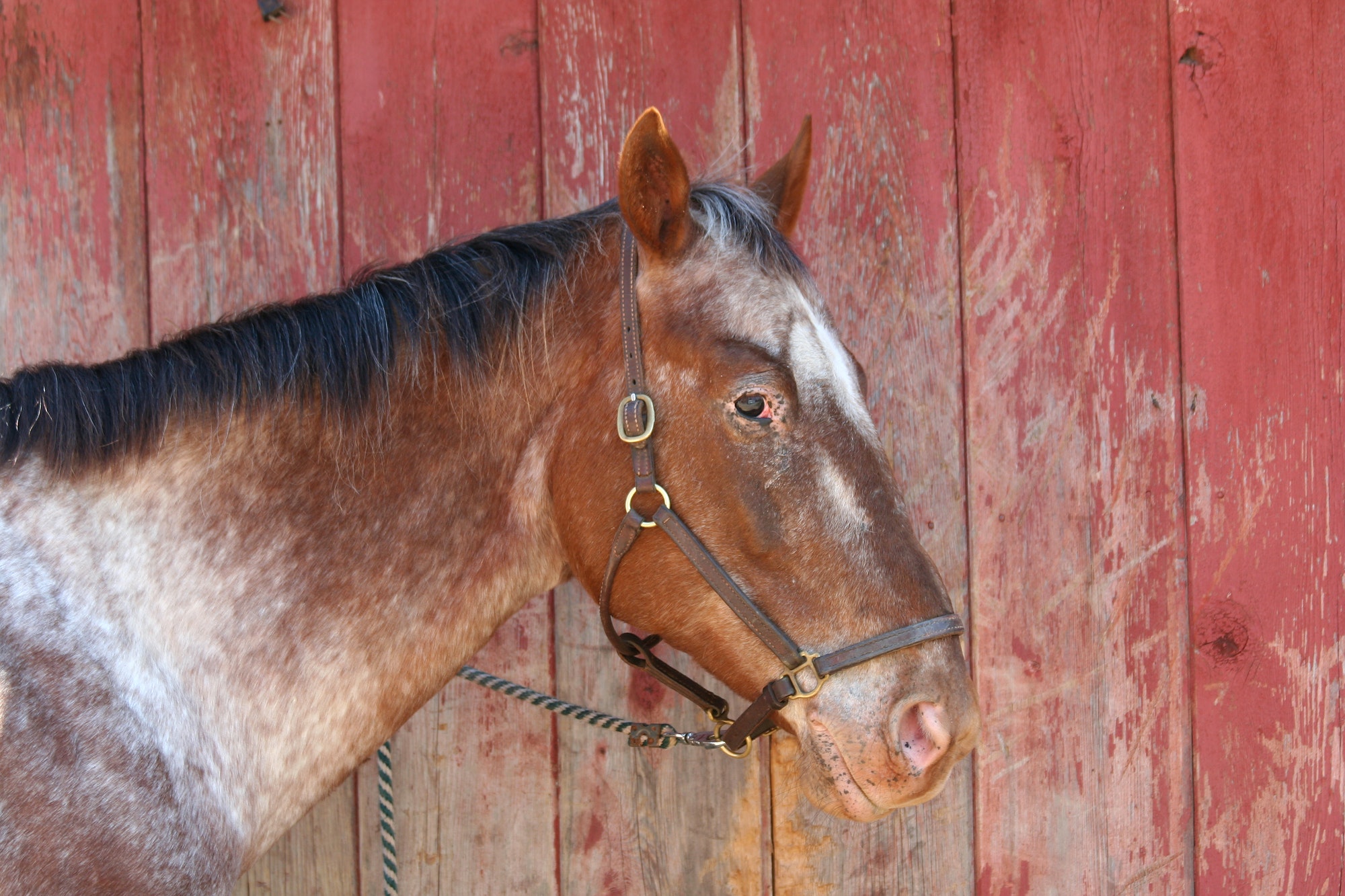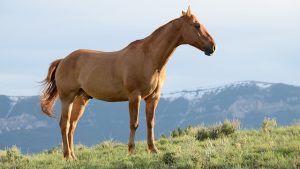Are you looking for the most cost-effective boarding options for your horse? Finding a boarding facility that provides horse care is one of the best ways to give your horse a comfortable shelter if you can’t afford to keep your horse at home. But, boarding can also be one of the most costly expenses in horse ownership.
So much, does it cost to board a horse? The average monthly rate for horse boarding ranges from $350 to $400. However, this can vary significantly depending on the type of board you choose, your location, the facilities you want to access, and the additional services you wish to avail. Sounds expensive? Because as we said, this cost can fluctuate depending on various factors. And in this article, we’ll help you ease the burden of horse ownership by sharing the different boarding options that suit your needs. So, let’s dive right in.
Types of Horse Boarding and Their Average Cost
There are several boarding options available out there, and determining the advantages and drawbacks of each and their cost, can help you find the most cost-effective solution for you. So, here’s a quick overview of different boarding arrangements offered by stables to boarders.
Full- Care Board
In a full-care boarding option, the daily needs of your horse will be supplied. It’s a great choice if you don’t have enough time to visit the stables every day and personally take care of your horse. The barn staff will feed your horse, handle turn-out, muck their stall, and put on your horse’s blanket when needed. It’s hassle-free, and you can rest assured that your horse’s needs are met even if you can’t visit it for weeks and months. Their services also included the following:
- Feeding twice a day(provided by the stable)
- Access the stall, facilities, particular riding areas, and pasture.
- Hay or field for your horse
- Checking and filling of water buckets
- Handling of the horse during visits of vet and farrier and turn-out to pasture
- Blanketing when needed during winter months
- Supplements may or may not be included, but will be fed when you’d provide supply
- Lessons may be included or added as an extra
Pros of Full Boarding Option
- The boarders will be taken care off, so you won’t have to worry even if you can’t make it to the stables for a long time
- You don’t have to buy feed or hay
- Your horse has a comfortable shelter during the cold season and bad weather
- You can have access to the boarding facility and particular riding areas
- The boarder’s stuff can be organized because it has a designated area
Cons of Full-Care Board
- It’s the most costly boarding option.
Average Board Price Per Month: $300-$700
Partial Boarding
If you’re looking for an inexpensive option compared to a full-care board, you can opt for partial boarding. However, you will need to share your horse with another person to cut the cost of this option. It means that the $600 rate per month for a full horse care board will become $300 per month if someone will use your horse for simple pleasure riding or some lessons. Depending on your contract agreements, the other user may or may not bring his equipment and handle the vet and farrier services. It would be best if you’d find a trustful and experienced rider whose riding skills are similar to you. You may have to give some time with your horse, but you’ll have peace of mind if the other user is someone you know and trust.
Pros of Partial Boarding
- It’s cheaper compared to full boarding
- You can bond with your horse while spending time with it
Cons of Partial Boarding
- You need to share the use of your horse with other people
- Depending on the details on your contract, you might have to feed and clean the stall or provide hay
Average Monthly Rate: $150-$300
Pasture Board
This board option offers almost the same services as the full boarding but at a cheaper rate. If you choose this option, the barn staff still look after the daily needs of your horse. The only drawback is your horse will live in a pasture 24/7, which means that there’s no stall provided. It can be a major turn-off for many horse owners but be beneficial if you want your equine to be closer to move around freely all day and be closer to its natural state of foraging.
Pros of Pasture Board
- Cheaper than full care board
- No need for you to purchase feed or hay
- The horse can live closer to its natural state
- The daily needs are looked after by the barn staff
- The facilities are accessible
- There’s a designated area for your horse’s stuff
- Scheduling of farrier and vet visits will be taken care off
Cons of Pasture Board
- There’s no stall provided for your horse
Average Monthly Cost: $150-$400
Self-Care Board
It is the most affordable boarding option where the facility will be provided, and the daily needs and maintenance are up to you as an owner. It will require you to travel at least once a day to feed your horse, handle the turn-out, and muck out. You need to check if your horse has enough water and food, buy and provide hay in the pasture during winter, arrange a visit with the vets and farriers. Self-care board also requires long-term commitment, but this boarding option will work out for hands-on horse owners who live close to the stable, and you will consider your schedule.
Pros of Self-Care Board
- Budget-friendly boarding cost
- You got to bond and take care of your horse personally
Cons of Self-Care Board
- You are responsible for the whole horse care
- You will need to buy your hay or feed
- You will have to take multiple trips to the stable every day to feed your horse
- You have to schedule the veterinarian and farrier’s visit
Average Monthly Rate: $100-$200
Factors Thay May Affect The Cost of Boarding A Horse
Location of the boarding stable
Generally, if the boarding stable is closer to or located in an urban area, the boarding fees may be more expensive than the rural area where space is less limited, and fodder is more comfortable to access. The competition in boarding in an urban area and the higher taxes and land cost can also send prices upward, reflecting the cost of boarding. Furthermore, stables in regions near or at the center of many horse shows and events are probably more costly than those located further away.
Facilities and amenities available
If the stable offers more amenities and facilities like indoor arenas, trails, wash racks, jumps, new barns, and automatic waters or feeders, it can be more expensive since its equipment is costly to build and maintain.
Services provided
The services offered in a stable vary depending on the levels of care you’d want to avail. If you have ample time for self-care, you can save more bucks. However, suppose you’re going to get extra services like blanketing, lessons and coaching, supplementary feeds and supplements, and grooming. In that case, you’d likely pay some additional fees on top of your regular bill. All the services included are outlined in the contract.
So, that’s the estimated boarding cost for every boarding option offered in local stables. If you have the means and the budget, you can freely choose the most popular and costly horse boarding choice. But if you are the hands-on type of horse owner who loves to spend time with your equine companion, then self-care boarding is suitable for you. If you have additional requests for your horse, it would be best to talk with your chosen boarding stable, and don’t forget to read the boarding contract to check if there are additional costs for some services before signing up.





